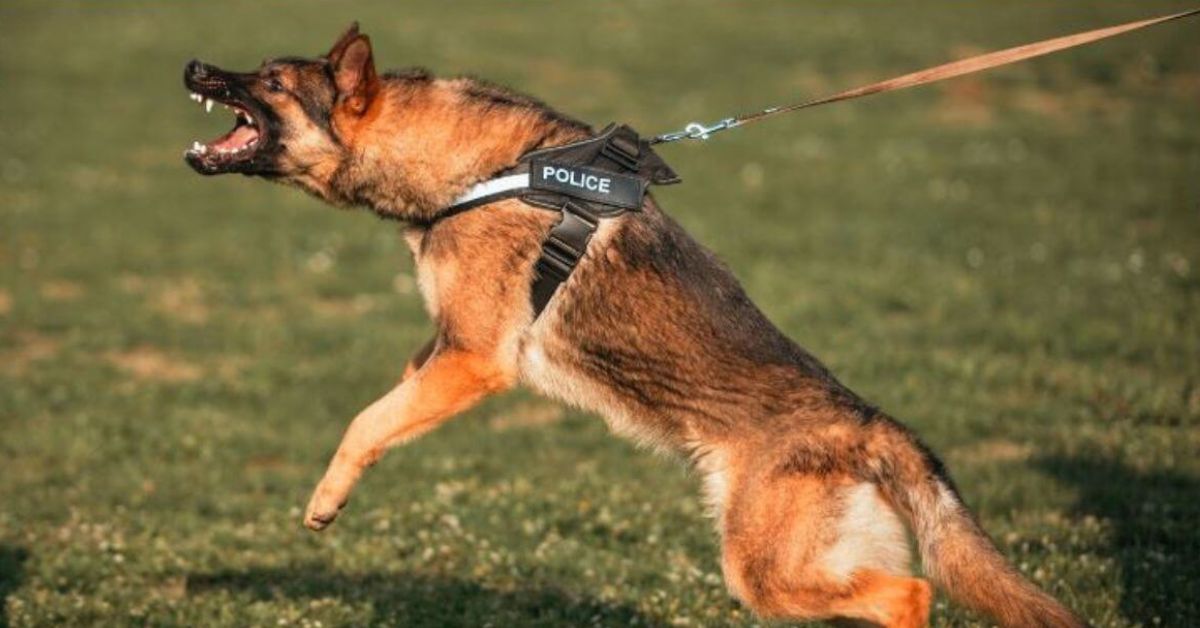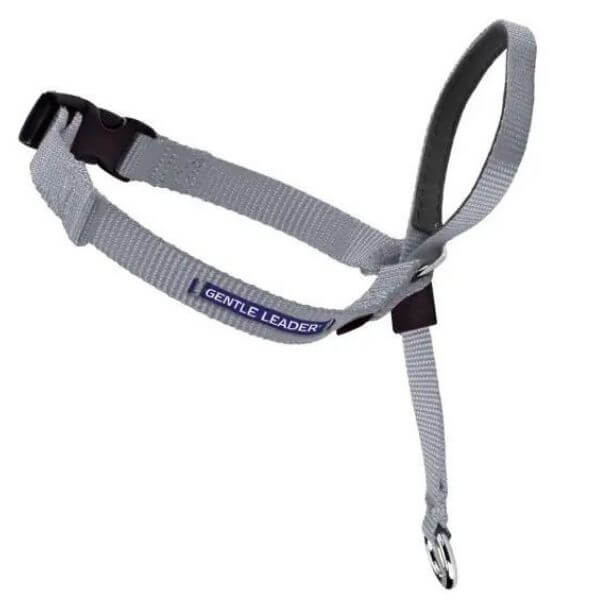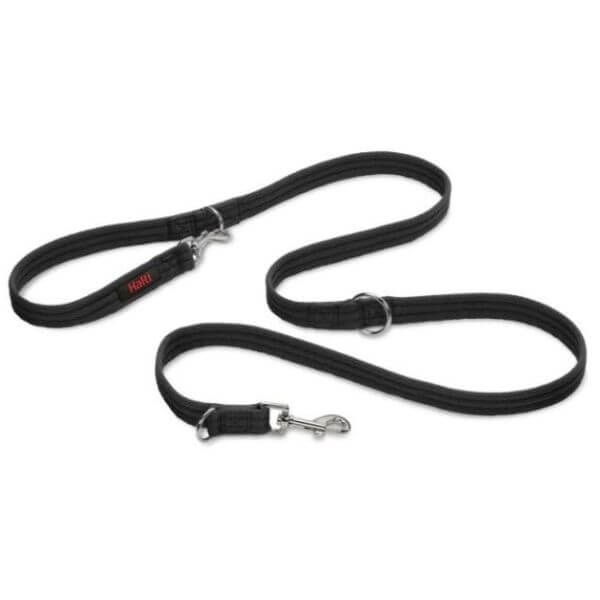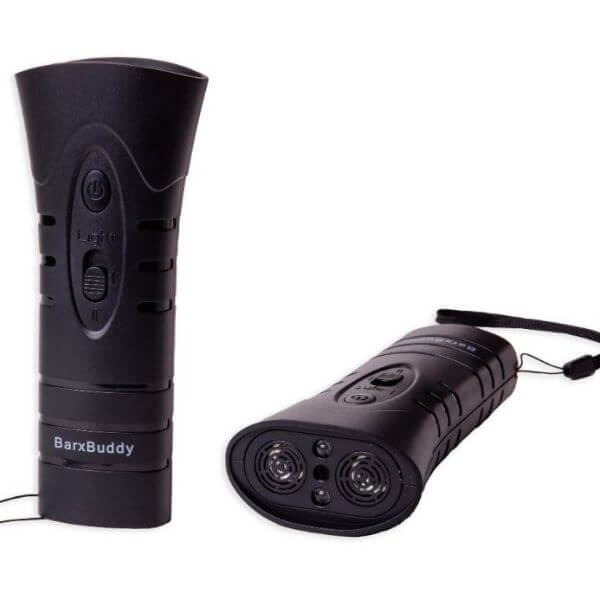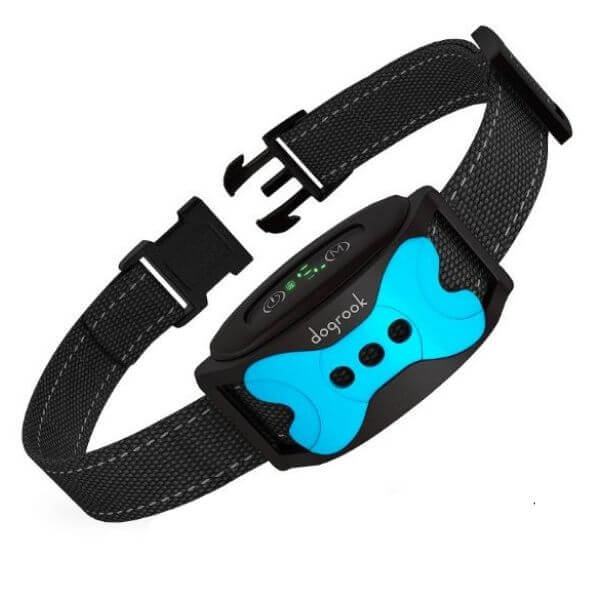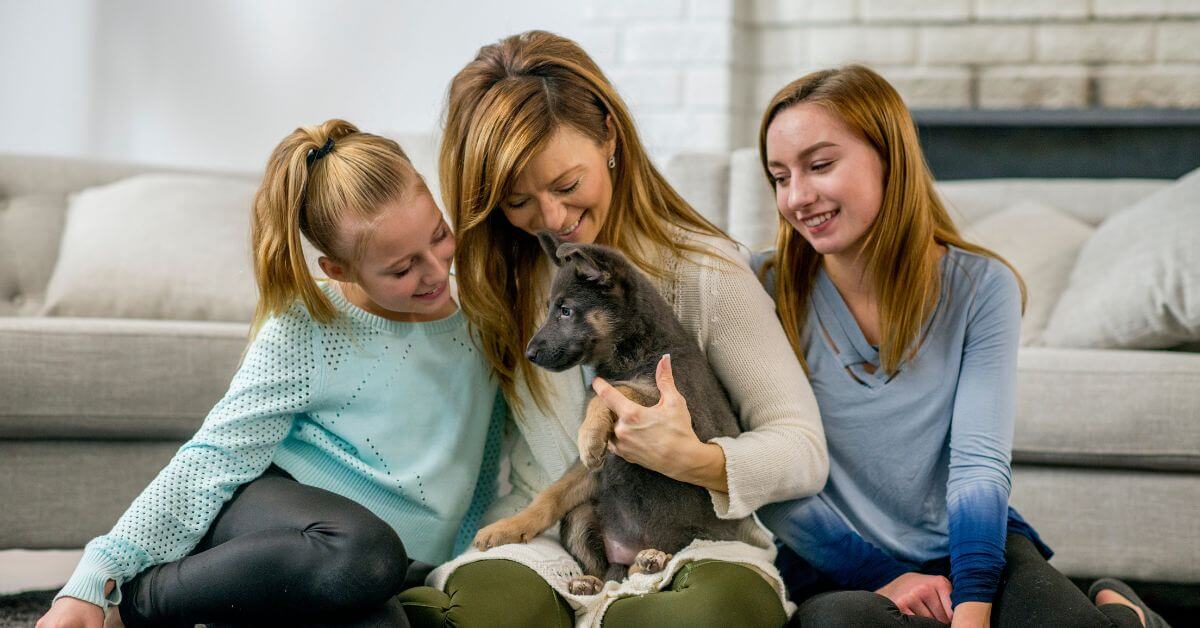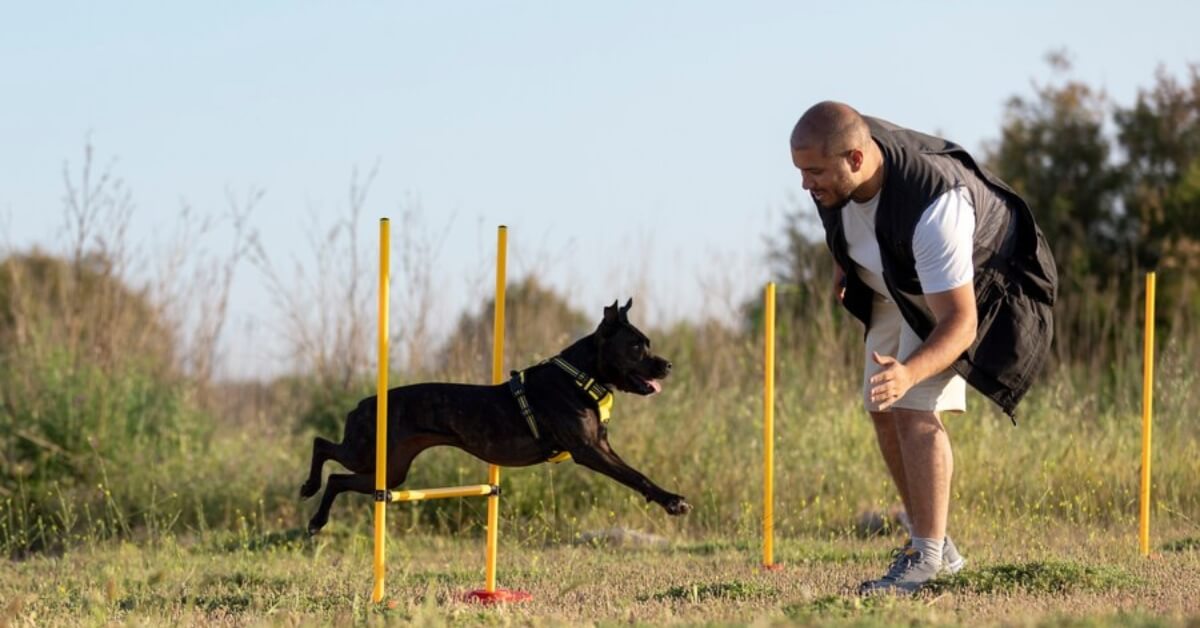
Understanding Why Your Dog Is Jumping on Guests
-
Excitement:
Dogs often jump on guests out of sheer excitement. Seeing a new face is stimulating for them, and jumping is a way of expressing this overwhelming joy. This is often the case when the jumping occurs as soon as a guest enters your home.
-
Greeting Behavior:
Dogs naturally greet each other nose-to-nose and want to do the same with humans. Since our noses aren’t at their level, they jump up to reach.
-
Seeking Attention:
Dogs might also jump on people to get attention. If a dog learns that jumping on a person results in petting, talking, or even just eye contact, it will likely repeat the behavior.
-
Lack of Training or Socialization:
In some cases, jumping on guests could result from insufficient training or poor socialization. A dog might not have been trained to behave appropriately when guests arrive, or it may lack the experience of interacting with a variety of people in different settings.

Signs of Spotting an Overexcited Dog
-
Immediate Reaction:
The dog immediately jumps up when a new person enters the room or the house. This is a common sign of overexcitement or inappropriate greeting behavior.
-
Repeated Jumping:
The dog repeatedly jumps on the person, even after being guided or told off. This can indicate a learned behavior where the dog has been inadvertently rewarded for jumping in the past.
-
Selective Jumping:
The dog only jumps on certain guests, such as those who show more enthusiasm towards the dog, individuals who are less familiar, or those who react strongly (either positively or negatively) to the jumping. This could be a sign that the dog is seeking attention or reacting to the guest’s energy levels.
-
Jumping with Other Excitable Behaviors:
If jumping is accompanied by other signs of overexcitement, like wagging tail, panting, barking, or spinning, it can indicate the dog is excessively stimulated by the arrival of guests.
-
Ignoring Commands:
The dog fails to respond to known commands like “Sit” or “Stay” when guests arrive. This lack of response can suggest the dog is too overwhelmed to follow commands, or the jumping behavior has not been adequately addressed during training.
-
Inappropriate Contact:
If the dog jumps high enough to knock over the guest or cause unintended harm, this is a clear sign that the dog’s behavior is not just problematic but potentially dangerous.
-
Excessive Barking or Whining:
Vocalizations can be a clear sign that your dog is getting overexcited. If your usually quiet pooch suddenly turns into a barking machine or starts whining uncontrollably when guests arrive, they’re likely getting carried away by their enthusiasm.
-
Focused Attention:
An overexcited dog tends to focus intently on the source of their excitement. If your dog suddenly seems to forget about everything else and sticks to the door like glue, chances are they’re overexcited.
-
Increased activity levels:
Just like us, dogs tend to get more active when they’re excited. They might start running around, wagging their tail vigorously, or even doing those adorable ‘zombie’s.’
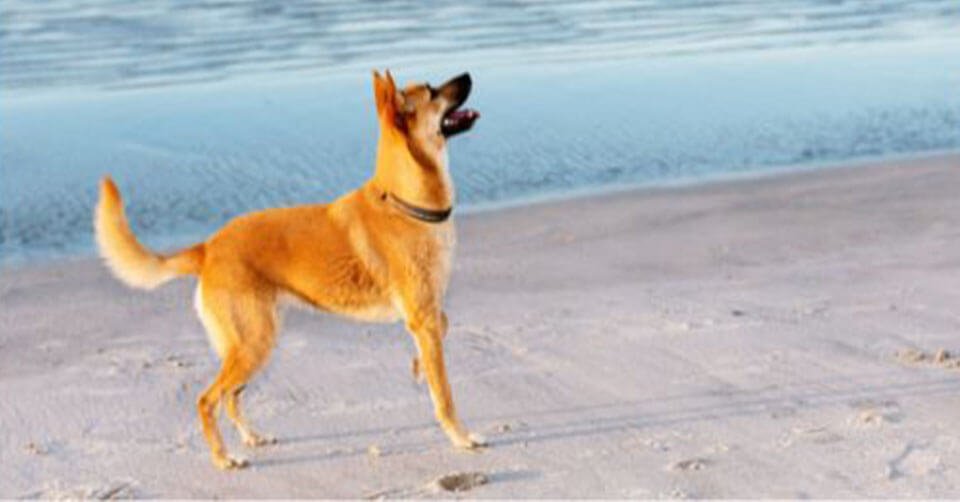
Triggers of Jumping on Guests: What Gets Your Dog Jumping
-
Arrival of Guests:
Why this Triggers Excitement
We’ve touched on this before, but it’s worth repeating: For our sociable fur buddies, guests coming over is akin to the highlight of their day. New people mean new attention, new smells, and sometimes even treats! And what’s a dog to do when they’re excited? That’s right – they jump!
-
Your Own Reaction:
How Your Behavior Can Contribute
Believe it or not, we dog parents can sometimes inadvertently trigger our dogs’ jumping behavior. If you tend to get excited or anxious when guests are coming over, your dog might pick up on your emotions and mirror them. Remember, dogs are excellent at reading our emotions, often better than we are!
-
Lack of Proper Socialization:
Why Early Exposure to People and Environments is CrucialLack of proper socialization can also be a trigger for your dog’s overexcited greetings. Dogs that haven’t been adequately socialized may get overly excited or anxious when they encounter new people or experiences, which can lead to behaviors like jumping.
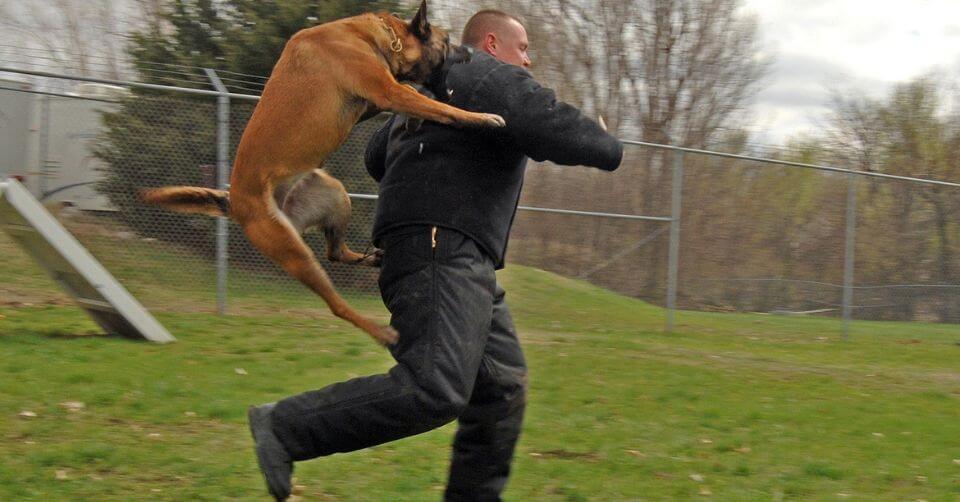
How to Handle Jumping on Guests Behavior: Do’s and Don’ts
Do’s
-
Provide Adequate Exercise:
Regular walks, play sessions, and mental stimulation can help burn off excess energy, making your dog less likely to get overly excited when guests arrive.
-
Use Distractions:
If you see your dog getting excited, try to redirect their attention with their favorite toy or a simple obedience command. Reward them for focusing on the distraction rather than the guests.
-
Practice ‘Sit’ and ‘Stay’ Commands:
Teaching your dog to sit and stay when guests arrive can be a game-changer. Start practicing these commands in a quiet environment and gradually add distractions as your dog gets better at it.
-
Gradual Exposure to Guests:
If possible, try to gradually expose your dog to more people and environments. Start with a single visitor and slowly increase the number. Remember to reward your dog for calm behavior during these sessions.
Don’ts
-
Avoid Reinforcing the Behavior:
It’s important not to inadvertently reward your dog for jumping. Even negative attention, like telling them off, can reinforce the behavior. Instead, try to ignore your dog when they jump and only give them attention when they have all four paws on the ground.
-
Don’t Get Overexcited Yourself:
Try to stay calm when guests arrive. Your dog looks to you for cues on how to behave, so if you’re anxious or excited, they’re likely to be too.
-
Avoid Punishment:
Punishing your dog for jumping can cause confusion and fear. Instead, focus on rewarding the behaviors you want to see more of..
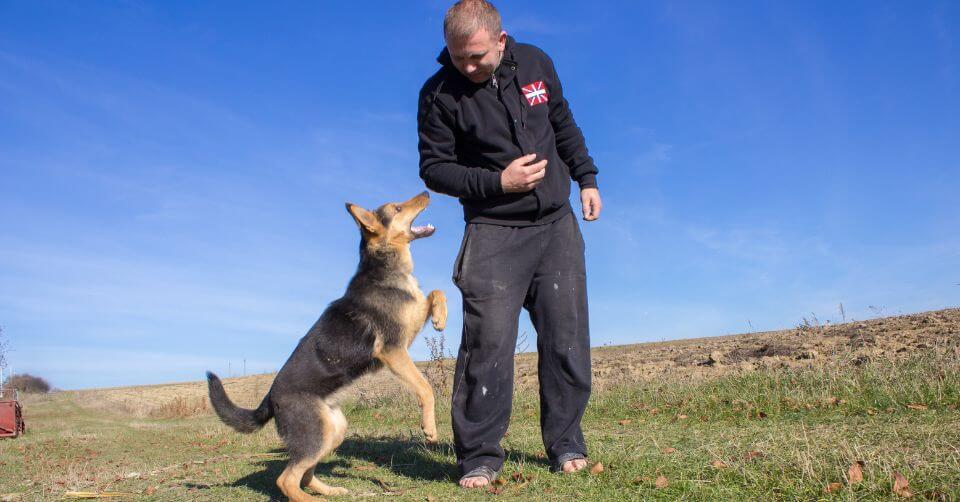
Recommended Products to Manage the Jumping on Guests Behavior in Dogs
Key Features
| Discourages dogs from pulling on the leash. | |
| Comfortable chest fit to prevent choking. | |
| Quick-snap buckles on the shoulder and belly straps for easy on and off. | |
| Four adjustment points provide maximum comfort and reliable fit. | |
| Martingale loop at chest prevents twisting. | |
| Made of durable nylon material with reflective stitching. |
Pros
| Easy to fit and adjust to the size of your dog. | |
| Prevents choking by placing pressure on the chest instead of the throat. | |
| Helps to discourage jumping and pulling behaviors. | |
| Durable and long-lasting, suitable for daily use. |
Cons
| Not suitable for very small or very large dogs. | |
| Some dogs may still attempt to jump or pull. | |
| The harness needs regular cleaning. | |
| The adjustment points may loosen over time, requiring frequent checks. |
Key Features
| Five adjustment points for a perfect fit. | |
| Crash-tested for dogs up to 75 pounds. | |
| Comes with a 10-inch lead for training. | |
| Chest pad provides added comfort and protection. | |
| Available in different sizes to fit all breeds. | |
| Includes a halt ring on the chest plate. |
Pros
| Helps to control jumping and pulling. | |
| Comfortable and safe for the dog to wear. | |
| Can also be used as a car harness for safer rides. | |
| Available in a range of sizes to suit all dogs. |
Cons
| May not work as effectively on highly energetic dogs. | |
| Sizing can be tricky to get right. | |
| The plastic adjusters may not hold up under strong strain. | |
| Dogs may require time to adapt to the harness. |
Key Features
| Padded nose loop for added comfort. | |
| Includes training guide and DVD. | |
| Adjustable neck strap and nose loop for a perfect fit. | |
| Vet recommended and trainer designed. | |
| Converts to a regular collar for flexibility. | |
| Works on the principle of controlling the head to control the body. |
Pros
| Helps to manage jumping and pulling behaviors. | |
| Comfortable for the dog to wear for extended periods. | |
| Provides immediate gentle control. | |
| Comes with detailed instructions and training guide. |
Cons
| Some dogs may resist the headcollar initially. | |
| Requires careful fitting to prevent discomfort. | |
| Not suitable for brachycephalic breeds. | |
| Dogs may still be able to jump if they aren’t well-trained. |
Key Features
| Made from a soft padded material for comfort. | |
| Double-ended lead for versatile use. | |
| Ideal for all types of training. | |
| Available in two lengths to suit all breeds and sizes. | |
| Can be used with other Halti training products. | |
| Designed by Dr. Roger Mugford to control, guide, and tether a dog. |
Pros
| Highly versatile, it can be used in multiple ways for training. | |
| Comfortable for both the dog and the owner. | |
| Offers a high level of control to manage jumping and pulling. | |
| Comes in different sizes for different dog breeds and sizes. |
Cons
| Not chew-proof; dogs might damage the lead. | |
| Could be too long for some scenarios or small spaces. | |
| Some dogs may take time to get accustomed to the lead. | |
| The effectiveness highly depends on the owner’s consistency in training. |
Key Features
| Emits a high-frequency sound only dogs can hear. | |
| Equipped with an LED flashlight. | |
| Non-confrontational and humane training method. | |
| Portable and easy to carry around. | |
| Works on dogs of all breeds and sizes. | |
| It can be used at a range of up to 50 feet. |
Pros
| Quickly gets a dog’s attention to stop unwanted behaviors. | |
| Portable and easy to use. | |
| Non-violent, causing no harm to the dog. | |
| Also serves as a flashlight, adding utility. |
Cons
| Effectiveness may vary across different dogs. | |
| Requires consistency in usage for the best results. | |
| Not effective if the dog is too far away. | |
| Overuse might lead to desensitization in some dogs. |
Key Features
| Removes mats and tangles from your dog’s coat. | |
| Suitable for all coat types. | |
| Comfortable handle ensures a secure grip. | |
| Gently and effectively grooms your dog. | |
| Promotes a healthy and shiny coat. | |
| Can help to improve your dog’s behavior by keeping them comfortable and well-groomed. |
Pros
| Helps in maintaining your dog’s overall health and hygiene. | |
| Comfortable for dogs and reduces their anxiety and restlessness. | |
| Easy to use with a comfortable grip. | |
| Works on all types of dog coats. |
Cons
| Not specifically designed to control jumping | |
| Requires regular usage for maintaining the coat. | |
| May not work as well on very thick or matted coats. | |
| Some dogs may not enjoy the grooming process. |
Key Features
| Comes with adjustable sensitivity levels. | |
| Features a combination of vibration and sound. | |
| Adjustable for all sizes and breeds of dogs. | |
| Comes with two sets of plastic prongs, one longer for long-haired dogs. | |
| Has reflective stripes for visibility in the dark. | |
| Rechargeable battery that lasts 14 days on a full charge. |
Pros
| Uses humane methods to discourage unwanted behavior. | |
| Adjustable sensitivity levels allow for personalized training. | |
| Rechargeable and long-lasting battery life. | |
| Fits a wide range of dog sizes and breeds. |
Cons
| Not specifically designed for jumping behavior. | |
| May not be as effective on overly stubborn dogs. | |
| It may trigger due to other dogs’ barking. | |
| Some dogs may be scared or confused by the vibration. |
Key Features
| Promotes fun, healthy eating. | |
| Helps prevent bloating and regurgitation. | |
| Non-slip base to hold the bowl in place. | |
| Holds up to 4 cups of dry dog food. | |
| Dishwasher safe. | |
| Available in different sizes and patterns. |
Pros
| Helps promote healthy eating habits. | |
| The non-slip base prevents mess during mealtime. | |
| Easy to clean and maintain. | |
| Can indirectly influence overall behavior by making the dog feel more comfortable. |
Cons
| Not specifically designed to stop jumping. | |
| Some dogs may initially be frustrated by slow feeding. | |
| Some highly intelligent dogs might find ways to tip it over. | |
| The plastic material may not be as durable as stainless steel. |
Key Features
| Generates a distinct clicking sound. | |
| Comes with a wrist strap for easy carrying | |
| Suitable for dogs of all ages and sizes. | |
| Can be used in various types of training. | |
| Small and lightweight. | |
| Made of durable, quality material. |
Pros
| Provides a clear, consistent signal for training. | |
| Can be used to reinforce desired behaviors, including not jumping. | |
| Easy to carry around during training. | |
| Suitable for dogs of all ages and sizes. |
Cons
| Requires consistent use for effective results. | |
| Some dogs may be scared of the clicker sound. | |
| Requires proper training techniques to be effective. | |
| Doesn’t have direct control over the dog like a leash or collar. |

